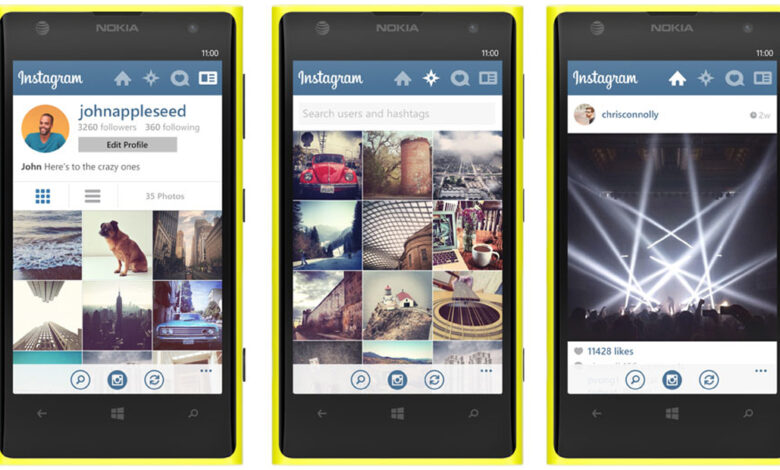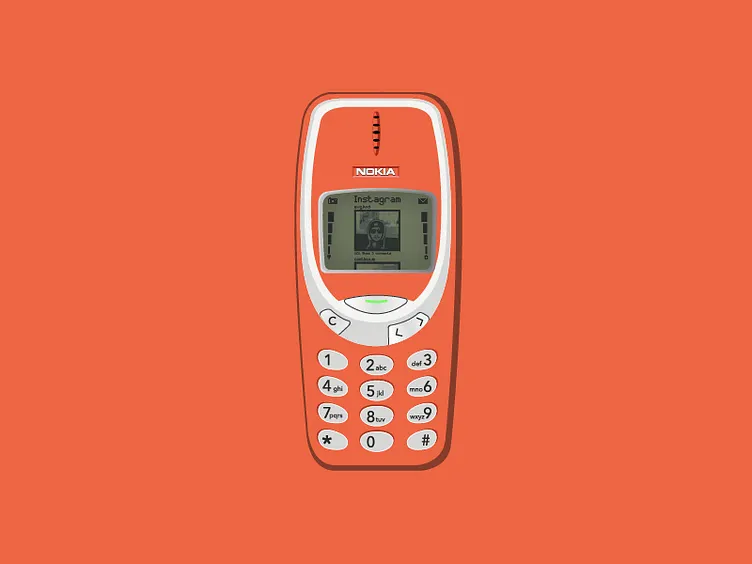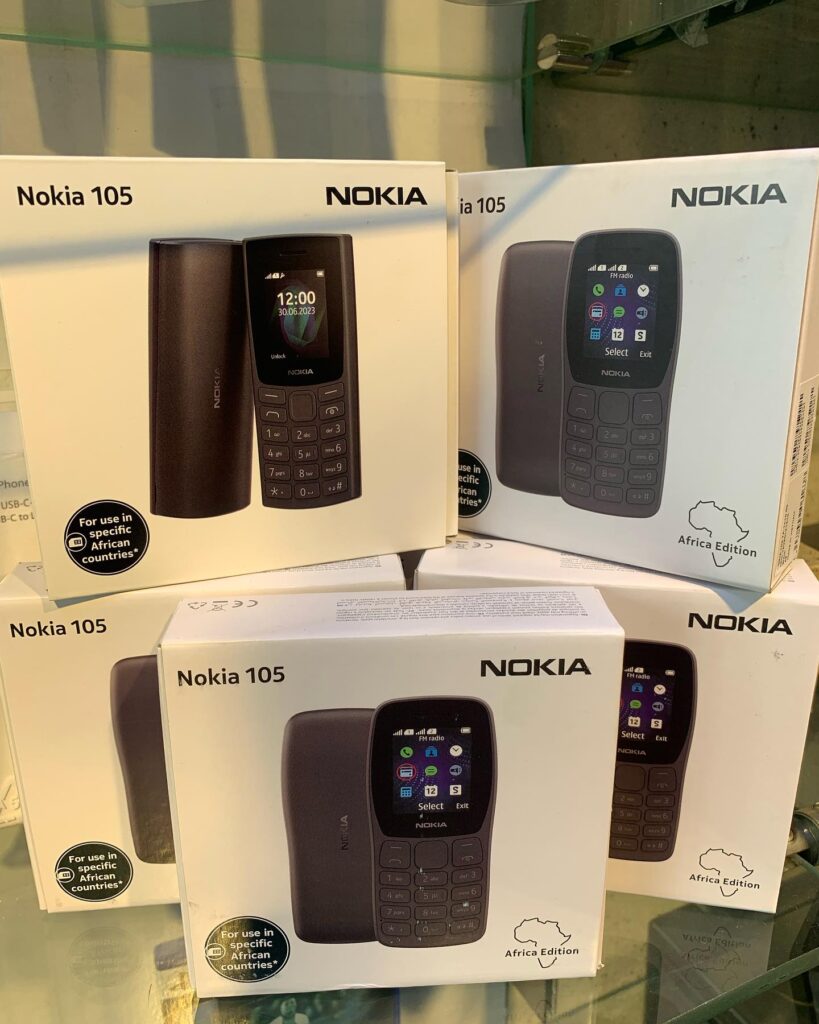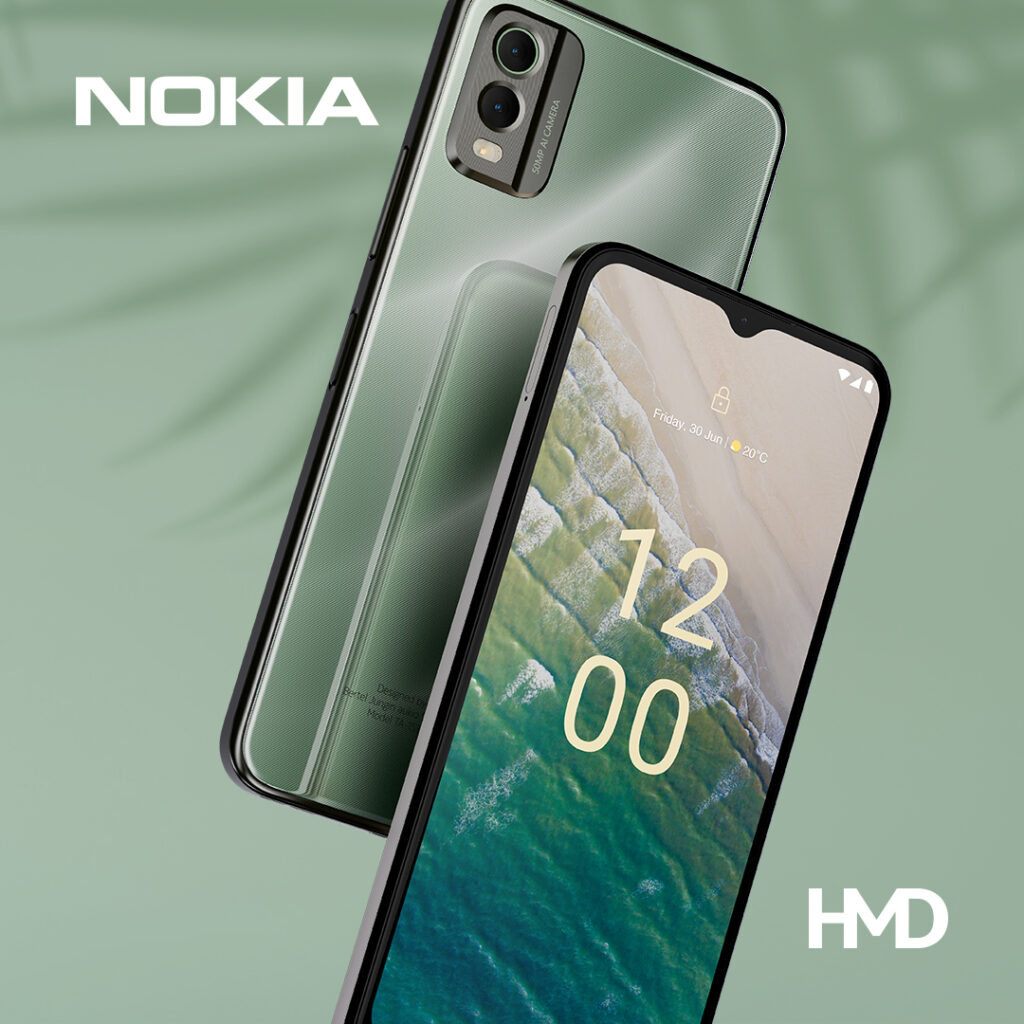From Market Leader to Cautionary Tale: Lessons from Nokia’s Fall for Entrepreneurs

From Market Leader to Cautionary Tale: Lessons from Nokia’s Fall for Entrepreneurs. At its peak, Nokia was more than just a mobile phone company—it was a global powerhouse that seemed invincible. From pioneering mobile technology to dominating the market with nearly indestructible phones, Nokia had all the makings of a company built to last. Yet, within a decade, it went from industry leader to a cautionary tale of missed opportunities and strategic missteps. What happened? And more importantly, what can entrepreneurs learn from Nokia’s dramatic rise and fall? This article explores the key lessons from Nokia’s journey, providing actionable insights that today’s business leaders can use to navigate an ever-changing market.
The Rise of Nokia: From Paper Mill to Tech Giant
Nokia’s story begins in 1865 as a humble pulp mill in Finland. Over the decades, it diversified into rubber, cables, and electronics. By the 1980s and 1990s, Nokia had firmly positioned itself in telecommunications, eventually becoming the undisputed leader in mobile phones. It wasn’t just a company—it was a cultural icon.
At its peak in the early 2000s, Nokia controlled around 40% of the global mobile phone market. The brand was synonymous with durability, innovation, and reliability. The famous Nokia 3310 became legendary for its battery life and near-indestructibility, setting the standard for mobile phones at the time. But as history would prove, even giants can fall.

Lesson 1: Innovation Is a Continuous Process, Not a One-Time Event
One of Nokia’s key strengths in its golden era was innovation. The company invested heavily in research and development, pioneering early mobile technologies like SMS, WAP internet browsing, and high-quality cameras on phones. However, Nokia’s downfall began when it failed to adapt quickly to the smartphone revolution.
The introduction of Apple’s iPhone in 2007 was a turning point for the industry. Nokia underestimated the shift from physical keyboards to touchscreen interfaces, choosing to hold on to its Symbian operating system rather than embracing a more flexible and modern OS. Meanwhile, competitors like Apple and Samsung capitalized on the smartphone wave, leaving Nokia struggling to catch up.
Actionable Insight: Entrepreneurs must recognize that innovation is not a one-time effort. Staying ahead requires anticipating shifts in consumer behavior and being willing to disrupt your own success before competitors do.
Dominance and Complacency: The Warning Signs
Despite its strong brand presence, Nokia started showing signs of complacency in the late 2000s. Internal bureaucracy slowed decision-making, and a reluctance to take risks resulted in stagnation. The company’s corporate culture prioritized short-term profits over long-term innovation, which ultimately cost them their market leadership.
Lesson 2: Complacency Kills, Adaptability Saves
When Google introduced Android, many mobile manufacturers pivoted quickly to leverage the new OS. Nokia, however, hesitated, sticking to Symbian before eventually adopting Microsoft’s Windows Phone—a move that came too late. By then, Apple’s iOS and Android had already dominated the market, leaving Nokia struggling to regain relevance.
Actionable Insight: Entrepreneurs should avoid becoming too comfortable with their current success. The market is always evolving, and staying adaptable is key to long-term survival. Regularly assessing industry trends and being open to change can prevent stagnation.

Failed Partnerships and Missed Opportunities
In an effort to stay relevant, Nokia partnered with Microsoft in 2011, making Windows Phone its primary smartphone operating system. The move was intended to create a competitive alternative to iOS and Android. However, the partnership was riddled with strategic missteps—Windows Phone had limited app support, and Nokia’s brand loyalty had already begun eroding.
By 2014, Microsoft acquired Nokia’s mobile division for $7.2 billion, marking the end of an era. While Nokia remains a key player in telecommunications infrastructure today, its dominance in mobile phones is a thing of the past.
Lesson 3: Choose Strategic Partnerships Wisely
Partnerships can either elevate a brand or accelerate its downfall. Nokia’s exclusive commitment to Microsoft’s Windows Phone limited its options and placed it at a disadvantage against competitors that had embraced the more popular Android OS.
Actionable Insight: Entrepreneurs should be strategic about partnerships, ensuring they align with long-term goals and market realities. Diversification and flexibility in strategic alliances can provide a competitive edge.
Reinvention: The Nokia Legacy Lives On
Although Nokia lost its mobile phone dominance, the brand did not disappear. Today, Nokia operates in network infrastructure, 5G technology, and licensing its brand for consumer devices. Its ability to pivot into new industries highlights the importance of resilience and reinvention.
Lesson 4: Failure Is Not the End—It’s a New Beginning
Nokia’s story reminds us that failure in one domain does not mean the end of a brand. Companies that learn from their missteps and reinvent themselves can still thrive in new ways.
Actionable Insight: Entrepreneurs should view setbacks as opportunities to pivot and innovate. Resilience and strategic reinvention are crucial for long-term success.

Conclusion: Key Takeaways for Entrepreneurs
Nokia’s rise and fall serve as a powerful business lesson:
- Always innovate and anticipate market shifts.
- Stay adaptable to avoid complacency.
- Make strategic partnerships that align with long-term goals.
- Embrace reinvention when faced with setbacks.
Entrepreneurs can learn from Nokia’s story by remaining forward-thinking, customer-focused, and adaptable to change. In today’s fast-paced world, success belongs to those who evolve with the market—before the market forces them to.




